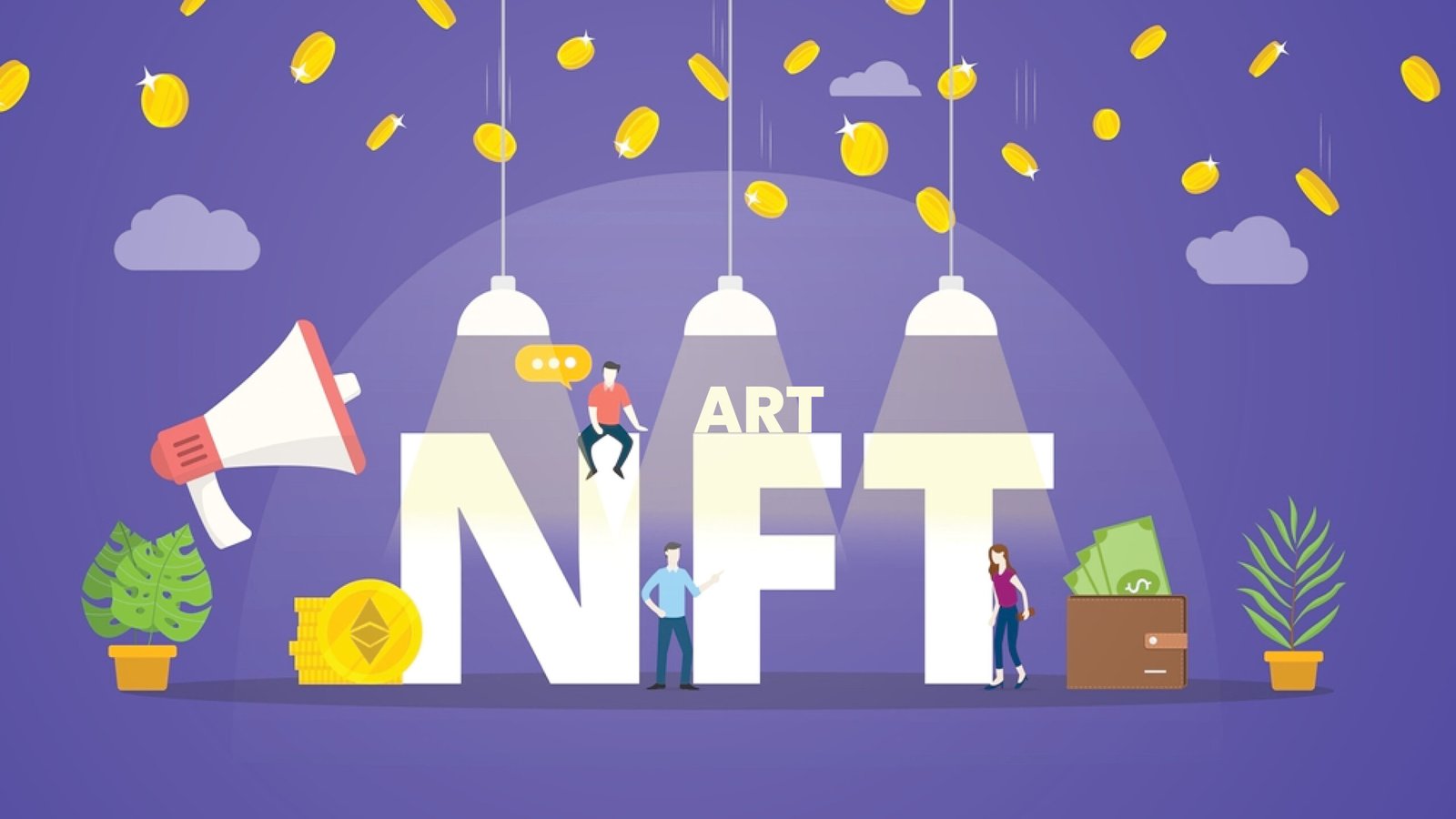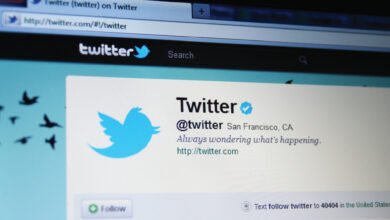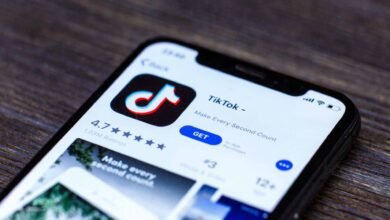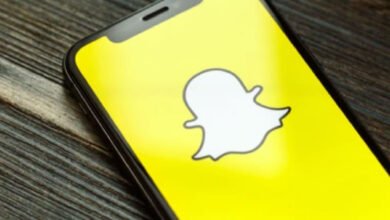
It’s becoming more well-known what NFTs are as well as where they might have been found, but it’s still unknown how they work or where they came from. Even if the process is simple, execution knowledge is still required. NFTs can be made by anyone who wants to sell and share their digital goods, such as data, music, art, and photographs.
It is a common misconception that only artists and those who are technologically skilled can investigate and create NFTs. The process may seem intimidating to those who have never experimented with NFTs, but it is much easier than it seems. Depending on the medium you choose, uploading, minting, and marketing your NFT artwork can take just a couple of hours. Next, we will investigate a simple method for effectively creating an NFT.
What is an NFT?
NFT stands for “non-fungible token.”
Fungible refers to the quality of being replaceable with an identical substitute. For instance, light bulbs, Q-tips, Volvos, and ex-girlfriends are all interchangeable.
But, being non-fungible means that it’s unable to be duplicated or substituted with a replica, comparable to the Mona Lisa or the years that will never be getting back since a cruel harpy woman has been stolen.
An NFT is a work of art that serves as a token in the setting of Web3 and is connected to a specific code line on the blockchain. Due to the openly distributed nature of the blockchain, which serves as a record of transactions, this code line will be distinct and impossible to duplicate.
Other Terms to Understand Before You Begin:
1. Cryptocurrency:
A digital currency is an asset that resides on a blockchain, such as Bitcoin or ether. Cryptocurrency, or “crypto,” is an unregulated, decentralized form of money that is not under the control of a single governing body.
Governments use fiscal policy as well as a central bank to regulate and control the flow of money when using conventional currencies like dollars or pounds. There is no centralized regulatory structure or governing body for cryptocurrencies.
2. Blockchain:
A distributed digital ledger that is utilized in a blockchain is indeed a network.
Blockchains are open, decentralized databases that are owned by everyone on a network. Blockchains offer enormous functional possibilities for things including digital contracts, NFTs, or cryptocurrencies because a public record of every transaction exists.
3. Minting:
Many terms used in the cryptosphere have their roots in conventional banking and finance. You may have heard that a government is said to have “minted” a fresh batch of coins when it releases them into circulation. This is because a mint akin to a printing press is the primary manufacturer of a nation’s coin currency.
An NFT is created by officially “stamping it in” to the blockchain before being released into the digital universe. An NFT is given a one-of-a-kind line of code that is associated with it across the blockchain as soon as it is created.
How to Make & Sell an NFT: Follow 10 Steps:
1. Create a Concept:
The type of NFT to create can be chosen from a variety of options. You can choose from items like artwork, concert tickets, memes, music, games, as well as other digital items. For instance, you will probably need to have a pen tablet with illustration/editing software like Clip Studio Paint, GIMP, or Photoshop to create digital images or game skins. You can decide which unusual characteristics your NFT design might show.
Furthermore, take into account how beneficial the proposed collectibles are. Some authors offer the buyer a genuine work of art that correlates to the NFT they’ve purchased. Additionally, it might be exclusive in-person memberships, one-of-a-kind signature items, VIP access to an event, or a potential digital application such as gaming or metaverse.
2. Create the File For your Digital Artwork:
Of course, you’ll need to get your file ready so you can upload it to the NFT marketplace. This file could be anything—an image, a picture, a GIF, etc. Although the file extensions would be different if your NFT artwork includes 3D graphics, OpenSea should still be able to manage them.
3. Download MetaMask:
A cryptocurrency wallet is, in general, an essential component of any blockchain network. According to the fundamentals of blockchain, users use wallets to access numerous platforms, verify transactions, and preserve their balances. NFT markets make it unnecessary to store user account information, creating a more secure platform.
One of the most well-liked wallets is MetaMask, which has broad support from Ethereum-based businesses including Foundation, OpenSea, and others. Also, it has an iOS/Android app as well as a Chrome/Firefox extension
4. Add Funds to your Wallet:
While creating an NFT, transaction fees—often referred to as “gas fees” on the Ethereum blockchain—might be necessary. To cover these expenses, stock your wallet with appropriate cryptocurrencies. One of the biggest NFT marketplaces, OpenSea, charges just one registration fee as well as costs for contract approval. It costs nothing to create an NFT collection and offers it for sale online.
Transaction fees will change based on your NFT blockchain. Transaction costs upon Ethereum blockchain are frequently high due to the amount of transactions. Do transactions on the weekends or adopt a blockchain having fewer users, like Polkadot, to save on petrol.
5. Integrate OpenSea with MetaMask:
Go to the OpenSea website, click the “Wallet” icon in the top right-hand corner of the display, and select MetaMask from the list of available options to link your wallet. Your wallet will provide you with directions on how to finish the process; just follow them.
6. Be Ready to Mint NFTs
The owner of an NFT must “mint” a digital asset before offering it for sale. The practice of adding digital content or artwork to the blockchain is known as NFT minting. The majority of NFT markets make the process as simple as sending a file and clicking a few buttons.
The NFT market should soon have detailed instructions for contributing your digital content. The process by which the digital artwork is converted into an NFT which can be sold is known as NFT minting. A digital file is converted into a blockchain-based digital asset using NFT minting. On the blockchain, a digital asset cannot be modified, deleted, or changed.
7. Choose a Price:
Establishing a sales procedure is the next step after learning how to create an NFT. Sell your NFT artwork here:
Fixed Cost:
You can establish a fixed price for your NFT using this option. The length of a NFT list is an optional setting. The selling amount, hardly a 2.5% OpenSea fee, will be transferred to your wallet after someone agrees to buy your NFT.
Time Bidding:
NFTs might well be offered by buyers on OpenSea. You may select the highest bidder if you choose this option. Moreover, reserve prices could be set. When numerous bidders are competing for ownership, time auctions are a good choice for selling special editions of rare artworks.
A buyer may also put in a bid for a fixed-price NFT that you have offered. When someone tries to pay less than the stated amount for your work, this happens. If you think the offer is competitive, you can take it. But, bear in mind that the majority of bids are automatic, so simply be watchful not to unintentionally accept a too-low offer.
8. Make a Listing:
You must create a listing after choosing your NFT’s pricing. Log into your NFT platforms and choose Create in the top right corner if you use a marketplace. Then, depending on how many collectibles are available for your item, choose one or more. The next step is to give your NFT a title and a description.
Make a compelling and pertinent title for the digital content without going overboard with the promotion. Discuss the purpose of your coin as well as any underlying themes in the description. You could also describe the asset’s rarity level and whether or not buyers will receive any additional advantages for having it, typically, a suggestion is enough to get a potential customer’s attention.
9. Review Your Offerings:
You should keep an eye out for offers from potential buyers. While most platforms will let you know when someone places a bid on your advertisement, it’s still a good idea to check frequently to make sure you don’t miss any requests.
The deal will be regarded as a public sale if you fix a price and somebody consents to purchase your NFT at a certain price. In this case, you will receive information that the NFT has been sold and that fiat money or cryptocurrency has been credited to your account.
On the other hand, if there’s an auction, users will be informed of all the bids placed on your NFT. Also, you can receive private bids from customers offering a specified price for the NFT. There may be times when bids are made that are less than your minimum price; these offers are frequently produced by rivals or bots looking to profit from the owner’s carelessness.
10. Accept a Proposal:
One of three options is available when you accept an offer from the NFT market:
Make a public Auction:
Someone chooses to buy your NFT on a marketplace from you for the price listed in the advertisement. This is the route that has the fewest obstructions.
Accept the Public Bid:
You select the highest offer, which is frequently lower than the price you first listed the item for. The vast majority of offers are generated by automatic software, so exercise caution. Accepting a lowball offer will result in you leaving the table with money for other bids. You can tell whether a bidder is a bot by looking at their profile to determine whether they frequently submit lowball offers that are below the floor price.
Make a Private Transfer:
A private transfer of ownership happens away from the market. The NFT could be given to a friend or sold to someone else who is a member of the team on the project. You can carry out private transactions directly from your wallet. You really must have confidence in the other party to the deal.
Conclusion:
From a crypto-related fringe movement, NFTs have become a global phenomenon in which everyone is interested. Both those who want to acquire how to create their personal NFT collection and those who want to understand how to invest in NFTs are in such high demand.
Making and selling the NFT could initially seem challenging and time-consuming. The process won’t be as difficult as you would anticipate once you’ve completed all of your homework.
Frequently Asked Questions:
What is the Typical Cost of NFTs?
Depending on its demand, scarcity, and features, an NFT might cost anywhere from 100 to 1500 dollars. The price of these NFTs may grow if the market of Ethereum rises, which in turn may be influenced by the cryptocurrency market.
Can you Buy an NFT and Sell it to Fiat?
You can exchange your NFTs with fiat currency or a cryptocurrency, depending on your preferences. Regardless of the method you select, you should be aware that because the ownership of an asset will change, the transfer of an NFT will be reported on its site on the blockchain.
Does it Cost Money For me to Sell an NFT?
The platform you decide to use to sell the NFT artwork will affect it. The majority of NFT marketplaces let you sell your products for free, but they take a small cut of every sale you make.
Where are NFTs Sold?
You must first produce and mint your NFT. You must choose an NFT service and a cryptocurrency payment wallet such as MetaMask to produce an NFT of the artwork. With the latter, you can pay any costs and get money if the NFT is sold.






